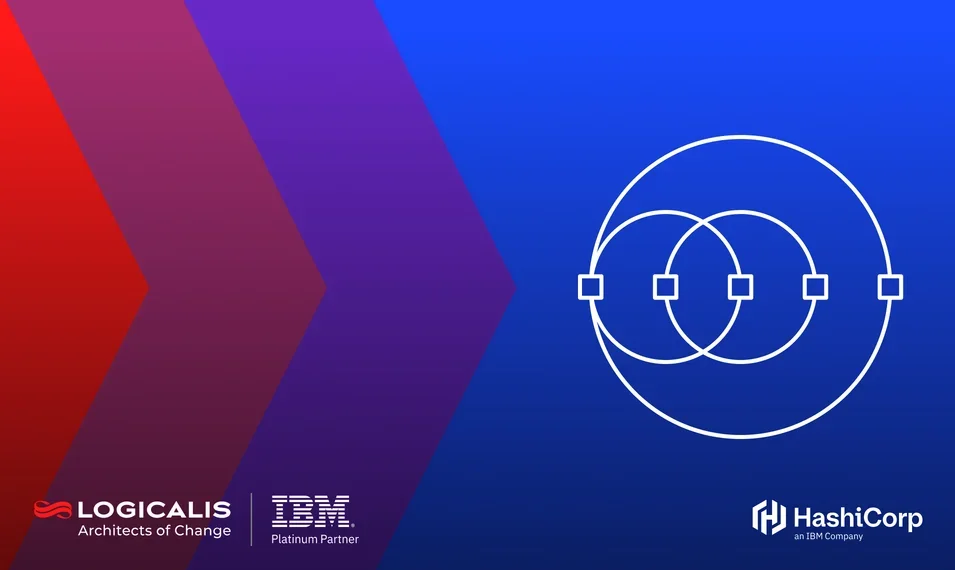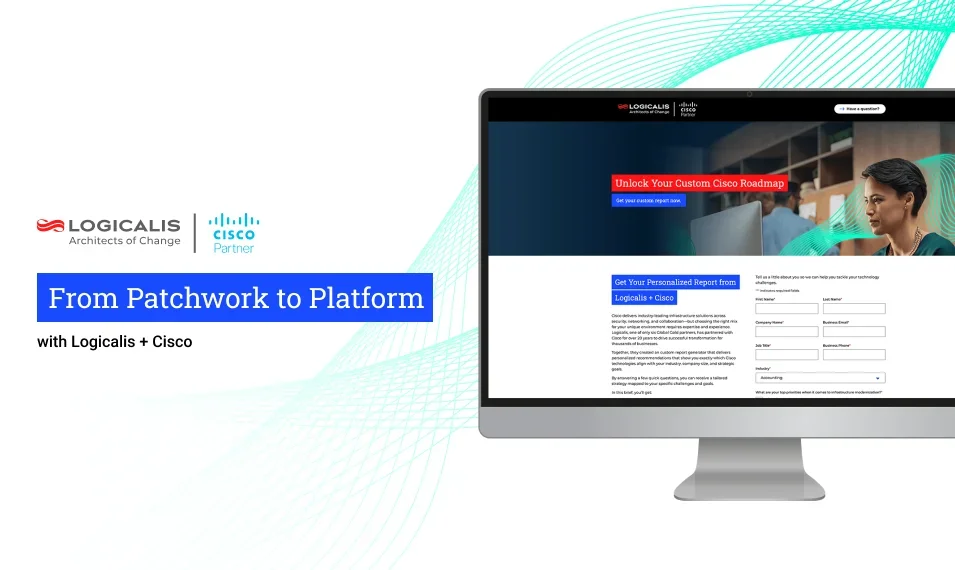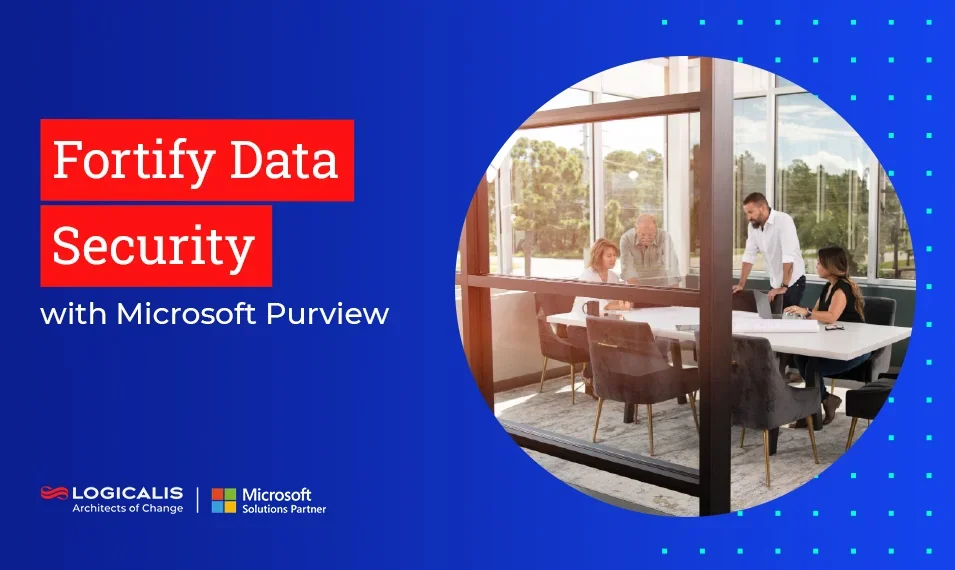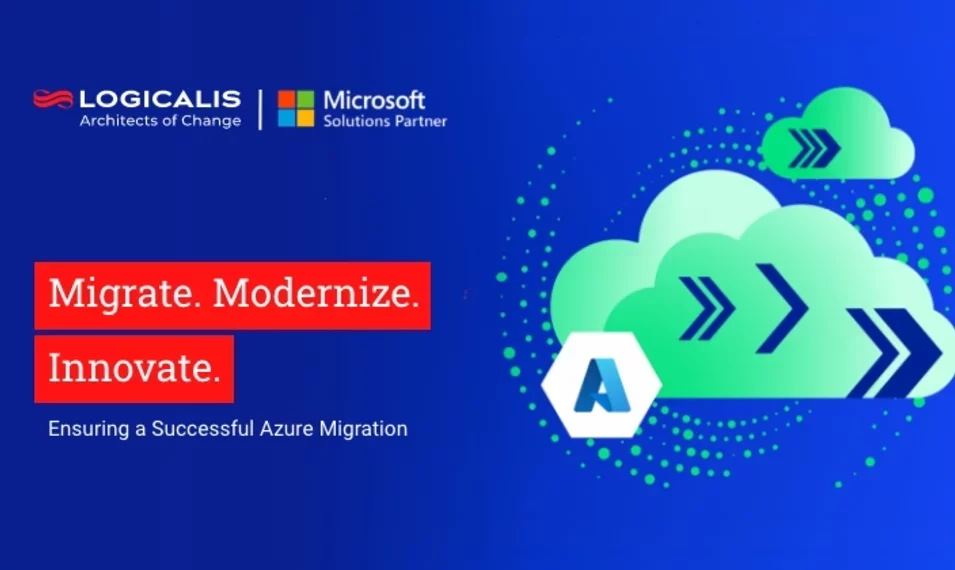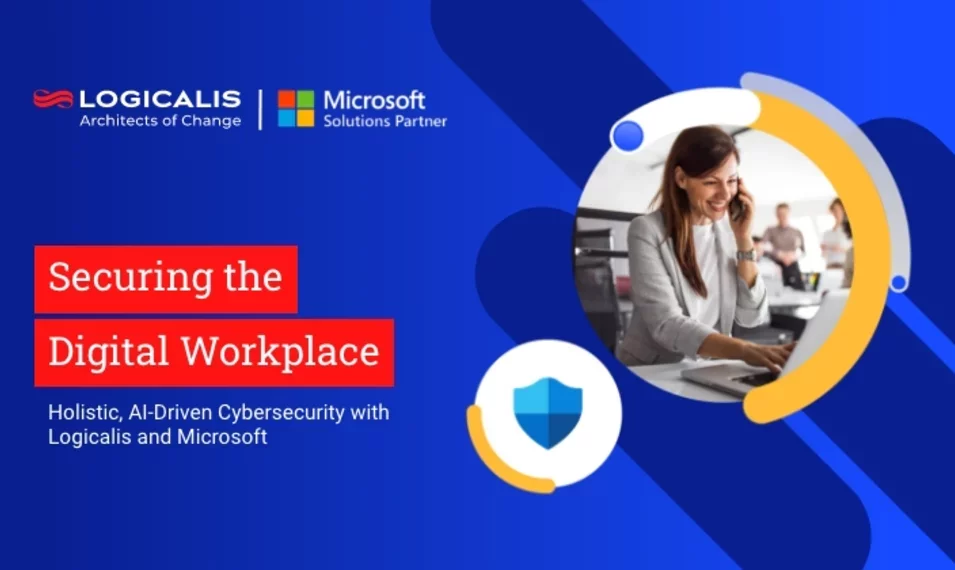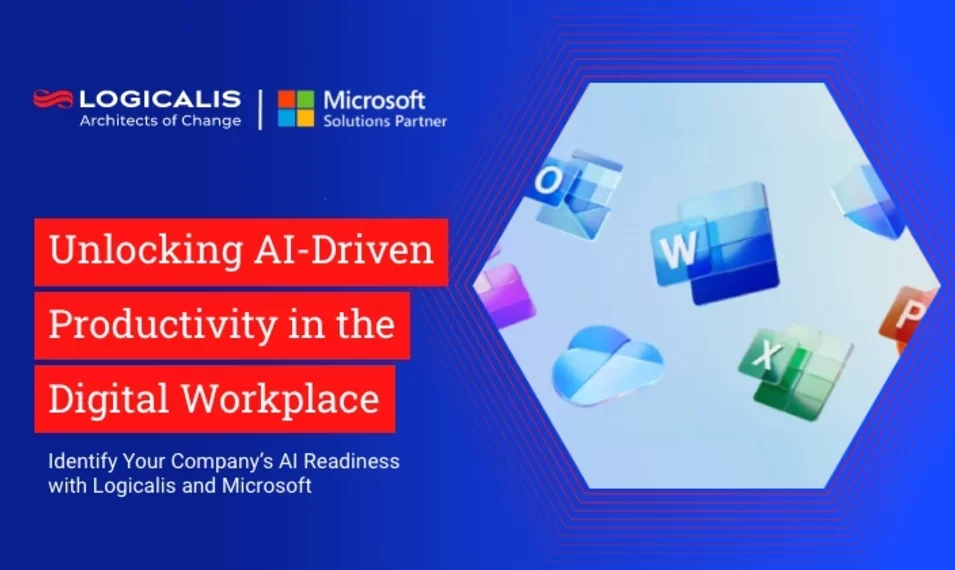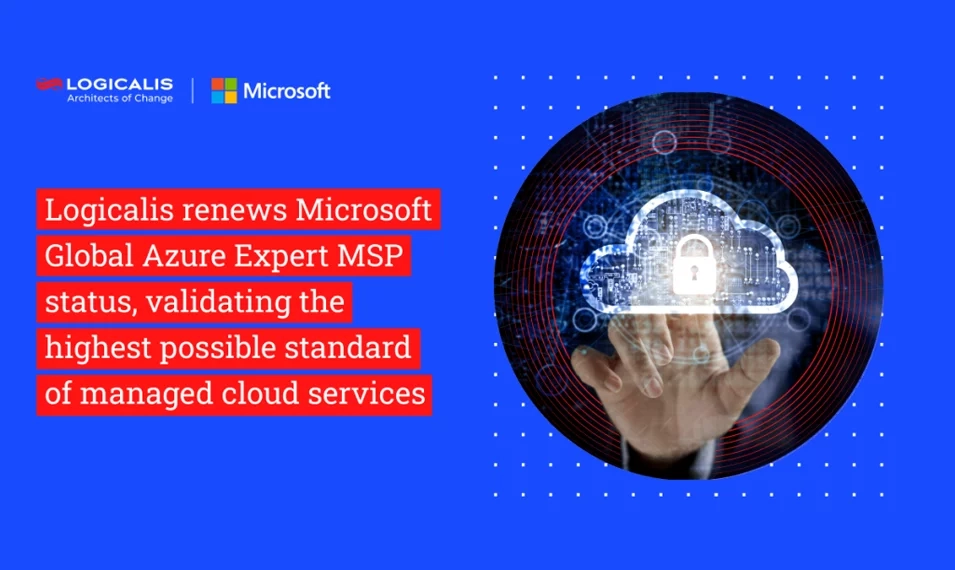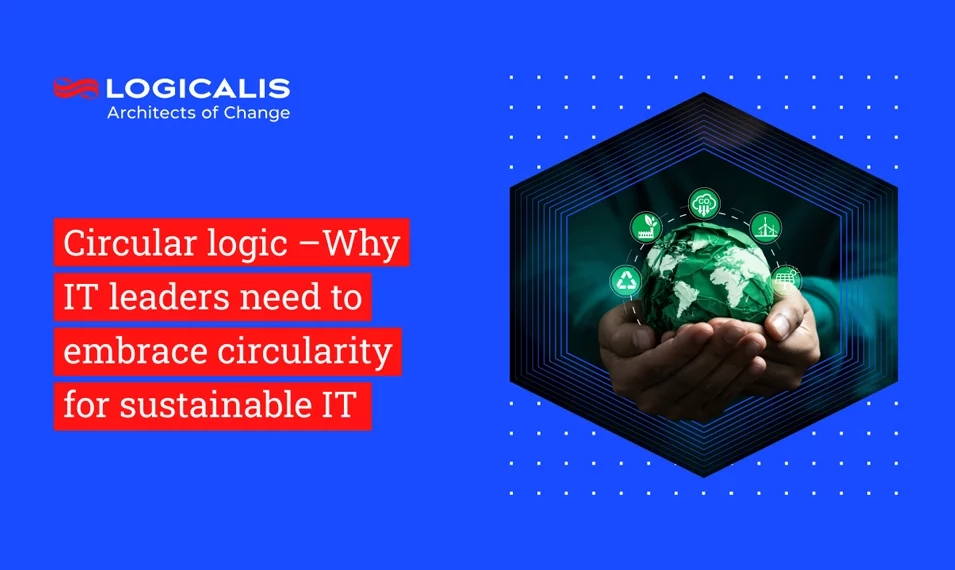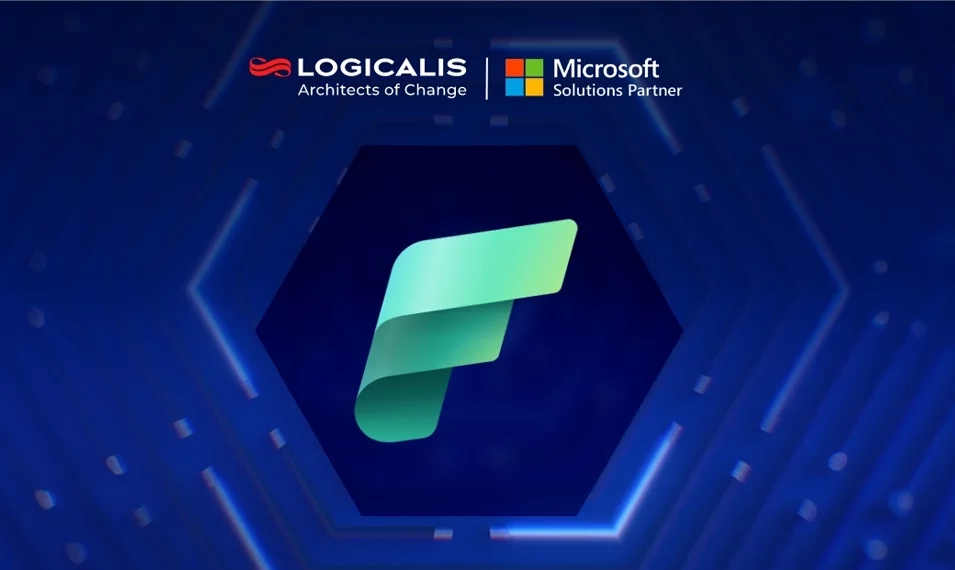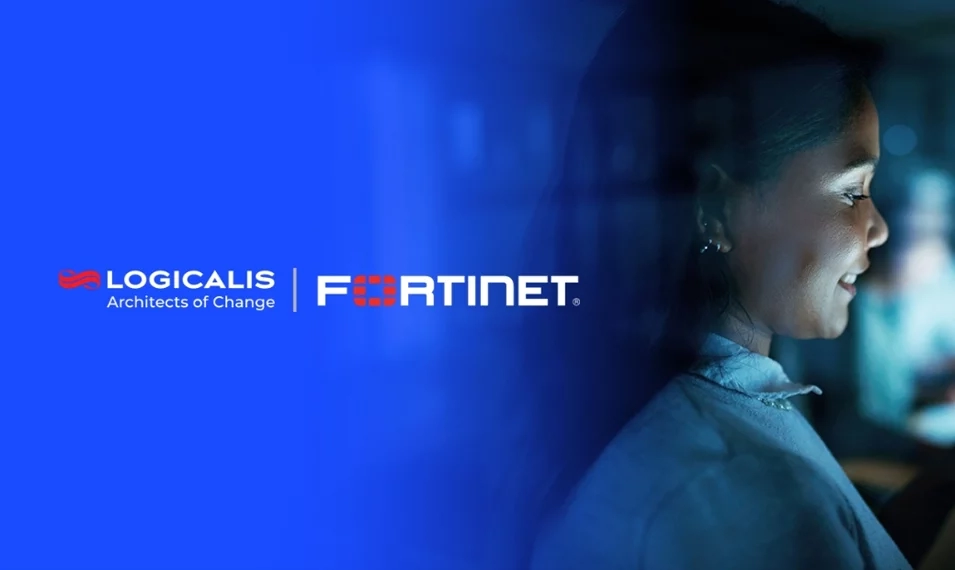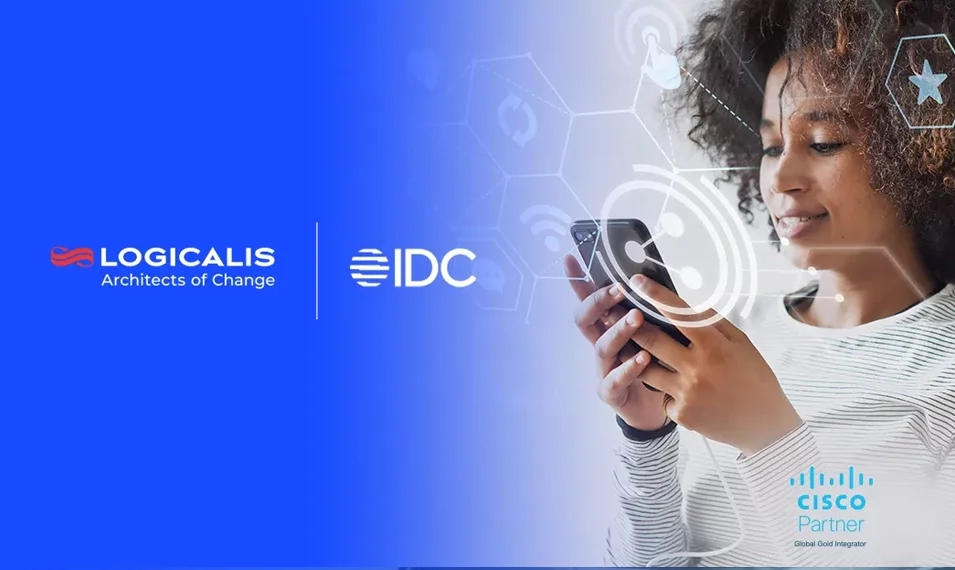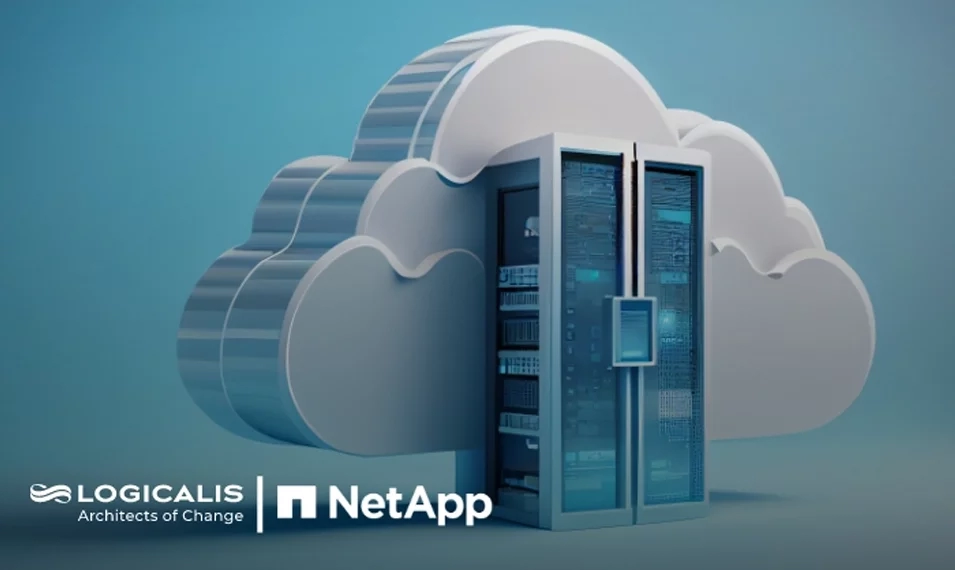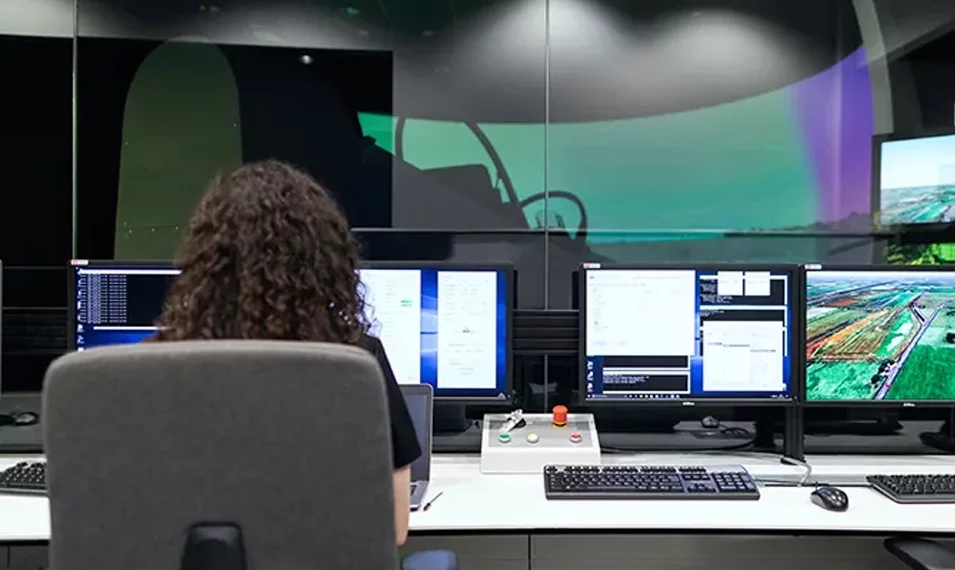
USA, Apr 20, 2023
What is a private network? Analysys Mason defines a private network as:
“An LTE or 5G cellular network that is built specifically for the use of an individual enterprise/organization. Such networks are commonly deployed on a single site (for example, in a factory or a mine). Private LTE/5G networks can also be deployed to address wide-area network requirements such as a utility company’s need to monitor a transmission network.”
In real terms, private 5G offers faster download speeds, decreased latency (or near real-time interactivity), and far greater network capacity which allows many more devices to be connected at once. In fact, companies can achieve their digitization goals by connecting devices to generate useful data for the enterprise.
Private 5G will also enable automation and other emerging applications (e.g., autonomous vehicles, robotics, etc.), streamline production processes, and reduce costs. You can replace aging technologies with private 5G or use it as a cheaper, simpler alternative to wired networks.
The good news is that use cases are many and growing. These environments typically use WLAN and have multiple applications within a wide area deployed but are environments where Wi-Fi and public networks aren’t options due to reliability, security, bandwidth, and availability concerns. It should be noted that private 5G isn’t a replacement for Wi-Fi, but it complements it. With that in mind, here are four leading use cases for private 5G networks.
Private 5G as a service: 4 use cases
While some private wireless initiatives are currently delivered via LTE and other cellular technologies, private 5G connectivity enables them to be delivered at scale. Consider these use cases and applications:
Use case #1: Manufacturing/factories/industrial plants – As manufacturers face growing global demand and stiff competition, “Industry 4.0 is set to fundamentally change the manufacturing industry,” says Cisco. Manufacturers must apply advanced approaches by connecting everyone and everything, everywhere, through the network to improve operational performance, enable increased worker safety and productivity, and instill resiliency throughout. With private 5G, industrial plants can transform from sluggish wired behemoths to wholly connected plants and things—from the tiniest sensors to the most sophisticated robots—that operate in real time, all the time.
- Real-time automation/process automation
- Monitoring
- Industrial controls
- Support for mobile and collaborative robots
- Industrial IoT applications
- Automated parts tracking and purchasing
- Smart building applications
- High-scale industrial IoT
- Outdoor connectivity
- SCADA control and monitoring
- Inventory management
- Remote building connectivity
Use case #2: Utilities – Electric, oil and gas, water, and other utilities require real-time data streams to make split-second adjustments in response to evolving service quality demands, enabling more sustainable systems, and improving efficiency and profitability. At the same time, they require increased interconnectivity for things like sensors, smart meters, drones, and other tools, as well as uninterruptible communications to maintain operations during a disaster. Private 5G networks can enable “smart” utilities through these types of applications:
- Autonomous vehicles
- Geolocation and tracking
- Predictive asset management
- Augmented reality
- Situational awareness/worker safety
- Field/worker communications
- SCADA monitoring for industrial automation
- Biometric monitoring of employees
- Heat and vapor monitoring
Use case #3: Warehouse, distribution centers, transportation & logistics – What the global pandemic made abundantly clear was the vulnerabilities in traditional supply chain management. To transform operations and get control over supply chains, warehouses, distribution centers, transportation centers, and logistics operations must increase efficiency, agility, and visibility. Where RFID, Wi-Fi, and Ethernet separately have their limitations, as complementary technologies to private 5G, they have their place. With private 5G, data critical to real-time operations can be processed on premises without traveling to/from a data center.
- Asset modernization
- Connected equipment/robots
- Video surveillance and security
- Re-usable IoT sensors
- Local storage
Use case #4: Mining, oil & gas – Mines and oil & gas are often located in underground and remote locations outside the coverage of public cellular networks, making private 5G an attractive option. Private networks can help to improve worker safety by monitoring workers’ locations and automating dangerous manual tasks. Most private network deployments in this sector have used LTE and relatively simple applications such as push-to-talk and simple asset tracking. But private 5G will enable higher bandwidth use cases, such as autonomous drills and autonomous vehicles/carts.
- Automated guided vehicles (AGVs) for reliable vehicle control over large areas
- Autonomous vehicles/mining carts and automated drills for enhanced worker safety
- Improved profitability through automated asset tracking and management
Additional use cases for private 5G as a service
While these are the leading use cases for private 5G, they are not the only ones. Here are additional private 5G use cases and a sampling of applications:
- State and local governments – Build out smart cities, enable universal broadband, and ensure the safety and security of your citizens.
- Education – Enable “anywhere” digital learning, provide live event streaming to increase student engagement, use video surveillance and security to protect students and teachers.
- Hospitality, retail, quick service restaurants & high-capacity venues – Use kiosks to process guests’ orders, digital signage to keep guests informed, and security and surveillance to keep guests safe.
- Healthcare – Hospitals and healthcare facilities can improve healthcare and better serve patients by connecting and tracking medical equipment, enabling patient kiosks, tracking ambulances, and deploying IT cameras.
- Farms – Monitor and improve crop yield in real time, track soil composition and moisture, monitor and optimize the performance of farm equipment, and enable communications with employees.
Logicalis: The first Cisco partner to be authorized for Cisco private 5G
As one of six Cisco Global Gold partners and the first to deliver Cisco’s private 5G solution, Logicalis combines deep expertise with Cisco networks and its award-winning managed services to deliver a full-stack, subscription-based Cisco Private 5G solution.
This Cisco Private 5G solution is integrated with Cisco networking and security technologies at the core and delivered as a service by Logicalis, giving you all the benefits of a private 5G network while minimizing the risk of heavy upfront CapEx costs. And an intuitive dashboard eliminates the operational headaches that come with private network ownership.
Logicalis has also teamed with industry-leading Radio Access Network, Evolved Packet Core, and User Equipment providers, as well as numerous US providers who can deploy macro-cell (towers) both indoors and outdoors. This is an ecosystem that will continue to grow, providing added deployment flexibility for your environment.
If you’re in an industry with distributed operations or IoT-heavy environments—or where Wi-Fi is less than reliable or not available—this solution will enhance your overall connectivity and ease reliability, security, bandwidth, and availability concerns.
Download the datasheet to learn more or schedule your complimentary network workshop and see how private wireless services for LTE and 5G can make a difference in your environment.
Chris Calvert, VP of Private Wireless Solutions for Logicalis, is responsible for building private cellular networks and creating wireless WAN solutions for our customers.

